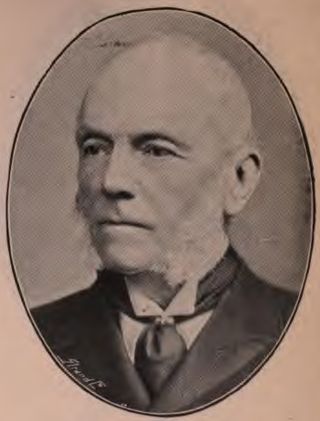The Bradshaigh Baronetcy, of Haigh in the County of Lancaster, was a title in the Baronetage of England. It was created on 17 November 1679 for Roger Bradshaigh, formerly a Member of Parliament for Lancashire. The second Baronet represented Wigan and Lancashire in Parliament. The third Baronet sat as Member of Parliament for Wigan for over fifty years and was Father of the House of Commons. The title became extinct on the death of the fourth Baronet in 1770. He was buried at Wigan Parish Church on 3rd. December 1770.

There have been five baronetcies created for persons with the surname Barker, three in the Baronetage of England, one in the Baronetage of Great Britain and one in the Baronetage of the United Kingdom. All five creations are extinct.

There have been three Baronetcies created for persons with the surname Cotton, all in the Baronetage of England. One creation is extant as of 2008.
There have been ten baronetcies created for persons with the surname Browne, six in the Baronetage of Great Britain, three in the Baronetage of Ireland and one in the Baronetage of Nova Scotia. Only one creation is extant as of 2010. Three of the creations were for members of the Browne family headed by the Viscount Montagu.

There have been two Baronetcies created for persons with the surname Austen, one in the Baronetage of England and one in the Baronetage of Great Britain. Both creations are extinct.
There have been three baronetcies created for members of the Stonhouse family, all in the Baronetage of England. Two of the creations are extant as of 2021.
There have been seven baronetcies created for persons with the surname Powell, five in the Baronetage of England and two in the Baronetage of the United Kingdom. Only one creation is extant as of 2007.

There have been four baronetcies created for people with the surname Drake, three in the Baronetage of England and one in the Baronetage of Great Britain.
There have been three baronetcies created for persons with the surname Noel, two in the Baronetage of England and one in the Baronetage of Great Britain. One creation is extant as of 2008.
There have been two baronetcies created for members of the Reade family, both in the Baronetage of England. Both creations are now extinct.

There have been three baronetcies created for persons with the surname Carew, two in the Baronetage of England prior to 1707, one in the Baronetage of Great Britain.
There have been two baronetcies created in the Baronetage of England for members of the Colepeper family of Kent and Sussex. Both are extinct.

The Myddelton Baronetcy, of Chirke in the County of Denbigh, was a title in the Baronetage of England. It was created on 4 July 1660 for Thomas Myddelton, Member of Parliament for Flint, Montgomery and Denbighshire. He was the son of the politician and Parliamentary general Sir Thomas Myddelton and the grandson of Sir Thomas Myddelton, Lord Mayor of London in 1613. The second and third Baronets represented Denbighshire in the House of Commons. The title became extinct on the death of the fourth Baronet in 1718.

The Prideaux Baronetcy, of Netherton in the County of Devon, was a title in the Baronetage of England. It was created on 17 July 1622 for Edmund Prideaux. The third Baronet sat as member of parliament for Liskeard and St Mawes. The fourth Baronet was member of parliament for Tregony. The title became extinct on the death of the ninth Baronet in 1875.
The Ellys Baronetcy, of Wyham in the County of Lincoln, was a title in the Baronetage of England.
There have been five baronetcies created for persons with the surname Wentworth, four in the Baronetage of England and one in the Baronetage of Great Britain. All creations are extinct.

There have been five baronetcies created for persons with the surname Morgan, two in the Baronetage of England, one in the Baronetage of Great Britain and two in the Baronetage of the United Kingdom. All five creations are extinct.
Sir Poynings More, 1st Baronet (1606–1649) was an English politician who sat in the House of Commons at various times between 1624 and 1640.
The Cordell Baronetcy, of Long Melford in the County of Suffolk, was a title in the Baronetage of England. It was created on 22 June 1660 for Robert Cordell, subsequently Member of Parliament for Sudbury. The second Baronet represented Sudbury and Suffolk in Parliament while the third Baronet briefly represented Sudbury. The title became extinct on the latter's death in 1704.
There have been two baronetcies created for persons with the surname Pickering, one in the Baronetage of Nova Scotia and one in the Baronetage of England. Both creations are extinct.










